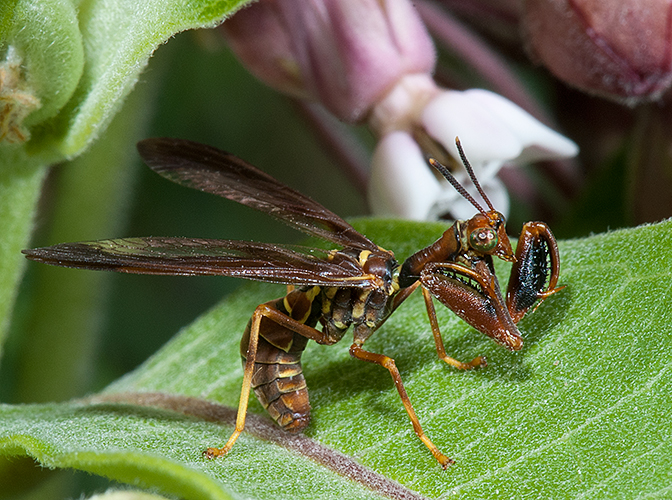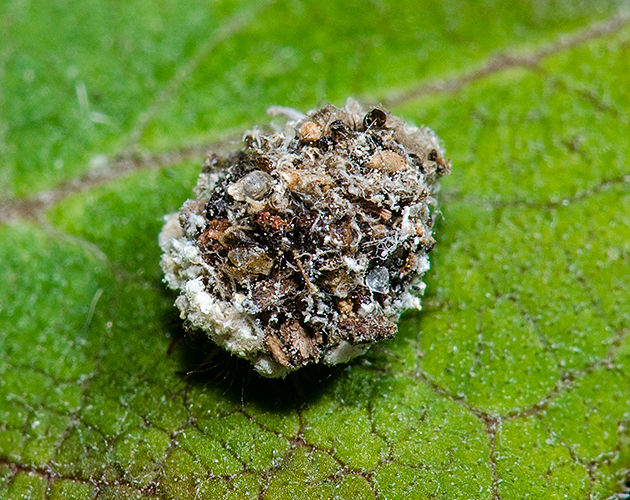Good Garden Bugs: Everything you need to know about beneficial predatory insects is a new guide by Mary Gardiner. But, it is more than a guide to identifying and attracting beneficial insects. It also explains the life cycles and unique behaviors of these insects. Although this is not a gardening blog I wanted to call attention to this book because it meets the purpose of this blog which is to get people out and looking at nature.
This book is packed with useful information. The photographs are excellent and aid in identification. Most are taken from the website bugguide.net. I have mentioned this site in previous blog posts and use it all the time. Many of the species are illustrated at different stages of their life cycle. Some life cycles are shown with line drawings. The section on extrafloral nectaries is fascinating. Extrafloral nectaries are “glands found on leaf surfaces and margins, petioles, leaf and flower bracts, and sepals that provide nourishment to natural enemies”. I need to study these more. Another section shows how to build a bee or wasp hotel to provide shelter and nesting areas for these beneficial insects.
The insects selected for the guide include most of the common insect species and a few interesting but rarer species such as the mantis fly. Using this guide I identified an insect that I photographed two years ago. It is a Lacewing larva. The feather-legged fly is listed (see blog post). A concise introduction to the wasps helped me to sort out that group. A chapter is devoted to insects of the water garden. Spiders, Predatory Mites, Pseudoscorpions, Scorpions, and Centipedes are also included. Bees and Bumblebees are not included because, while they are beneficial insects, they are not predatory.
The author grew up in Michigan and is currently an associate professor in the department of entomology at Ohio State University. This guide is written with the layperson in mind and is accurate without being overly technical. My only complaint is that the scientific names used in this book are not indexed. This guide should prove useful throughout Michigan. Look for it at your local library.
Copyright 2015 by Donald Drife
Webpage Michigan Nature Guy
Follow MichiganNatureGuy on Facebook


